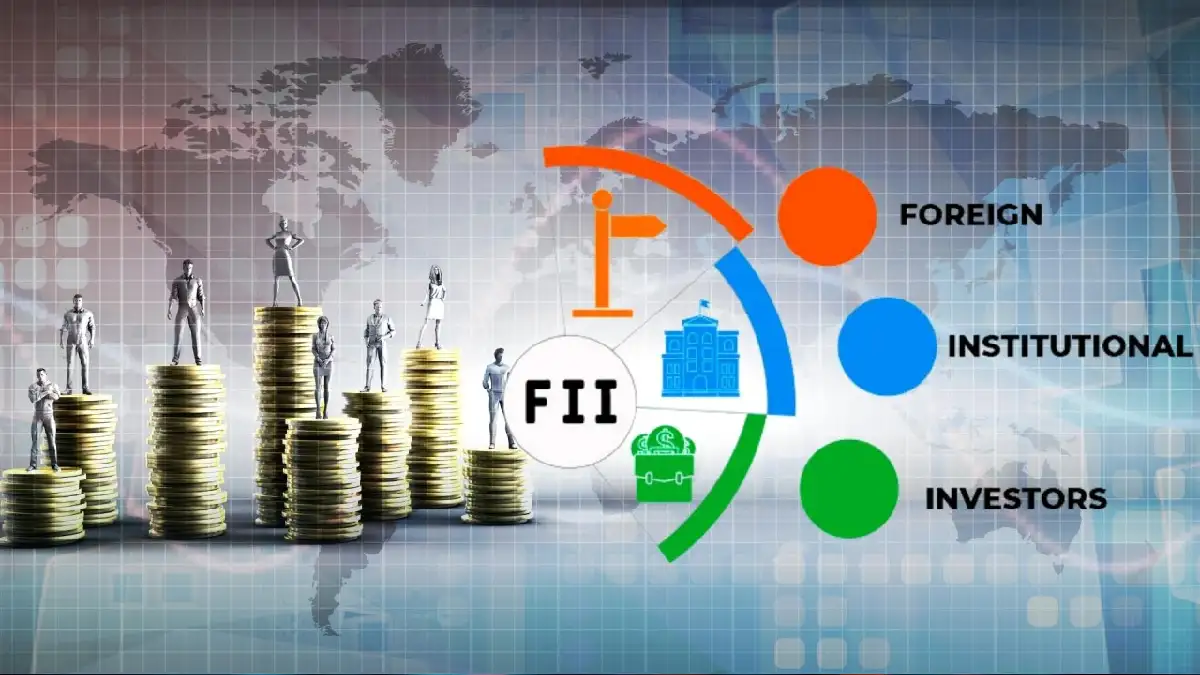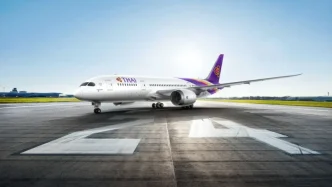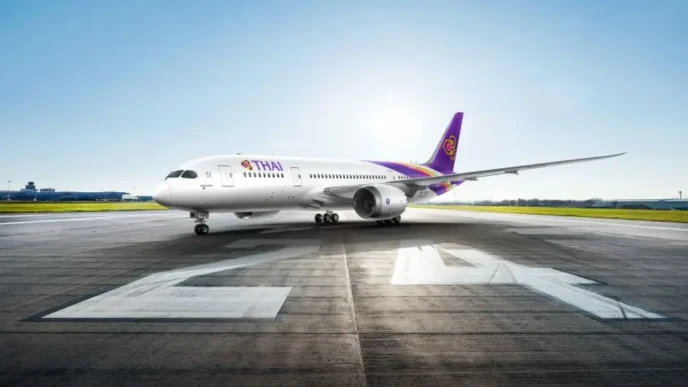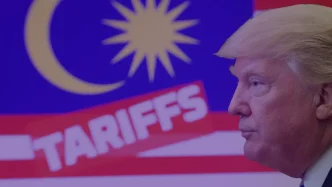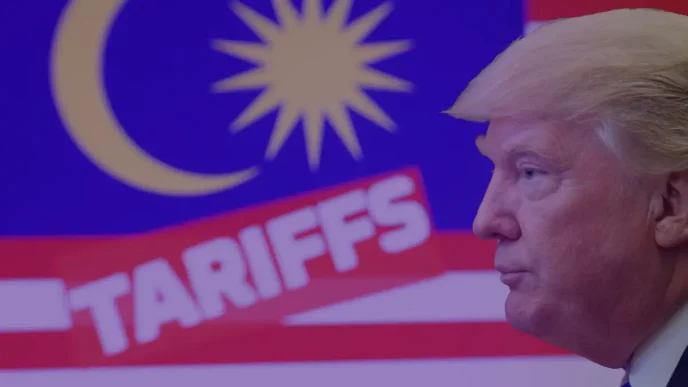As global economic turbulence continues to ripple through emerging markets, Indonesia is grappling with a significant decline in foreign direct investment (FDI), even as domestic investment surges to fill the gap. Analysts point to uncertainties over US trade policies and heightened geopolitical tensions as key deterrents for foreign capital, while competition within Southeast Asia adds further pressure on Indonesia’s economic landscape. Despite these challenges, experts remain cautiously optimistic about the country’s potential to leverage shifting global supply chains for long-term growth.
Foreign Investment Takes a Hit
In the second quarter of 2025, Indonesia recorded a 6.95 percent year-on-year decline in FDI, totaling Rp 202.2 trillion (~US$12.4 billion), according to the latest report from the Investment Ministry. This figure represents just 42.3 percent of the country’s total investment for the period, with domestic investment compensating for the shortfall at Rp 275.5 trillion, or 57.7 percent. The drop in foreign capital inflows reflects a broader trend of caution among international investors, driven by global uncertainties that have made emerging markets less appealing.
Donny Donosepoetro, CEO of Standard Chartered Indonesia, highlighted the cautious sentiment prevailing among foreign investors. Speaking to a local outlet on August 12, 2025, he noted that geopolitical tensions and ambiguities surrounding US trade tariff policies have significantly shaped investor behavior. “These uncertainties have the potential to alter the global trade landscape and weigh on global growth through higher prices from tariff implementation” he said.
Adding to the complexity, domestic factors such as budget refocusing earlier in the year and a modest growth outlook have contributed to restrained consumer spending and investment decisions within Indonesia. The combination of external and internal pressures has created a challenging environment for attracting foreign capital, pushing the nation to rely more heavily on local investors.
Global Uncertainties and Regional Competition
The specter of US import tariffs looms large over Indonesia’s economic prospects. Pranjul Bhandari, Chief Indonesia and India Economist at HSBC Global Research, emphasized the potential impact during a virtual media briefing on August 9, 2025. She pointed out that Indonesia exports approximately US$25 billion worth of goods to the US annually, and a tariff rate of 19 to 20 percent could shave off about 0.3 percentage points from the country’s growth.
Beyond global trade concerns, Indonesia faces intensifying competition within the ASEAN region. Neighboring countries like Malaysia and Singapore are bolstering their capital markets with attractive initial public offerings (IPOs) and growing listings, while Vietnam is on the cusp of being upgraded from a frontier to an emerging market. Herald van der Linde, Head of Equity Strategy Asia Pacific at HSBC Global Research, noted during the same briefing that this shift positions Vietnam as a formidable contender for the region’s investment pool.
Despite the decline in foreign investment, Indonesia’s equity market has shown resilience, with the Indonesian Composite Index (IHSG) nearing its all-time high from September 2024, as reported by Bloomberg. However, this growth is predominantly driven by domestic funds and retail investors, who account for roughly 50 percent of trades in recent months. Sectors such as energy and technology, particularly through IPOs and mid-cap stocks, have fueled market gains, but the reliance on local capital underscores the urgency for Indonesia to regain foreign investor confidence.
Opportunities Amid Challenges
While the short-term outlook appears daunting, some experts see a silver lining in the reconfiguration of global supply chains prompted by trade uncertainties. Pranjul Bhandari suggested that once the tariff storm subsides, Indonesia could position itself as a prime destination for multinational companies seeking new production bases. “… my sense is once the tariff storm settles, Indonesia can actually benefit” she said during the August 9 briefing.
Currently, Indonesia’s export profile reveals a heavy reliance on commodities to markets like China, while consumer goods such as textiles, apparel, footwear, and furniture dominate shipments to the US and Europe. However, these exports remain relatively small in scale compared to regional peers. For instance, only 9 percent of Indonesia’s total exports go to the US, and its apparel exports are just 25 percent of Vietnam’s. Bhandari stressed that ramping up production in these mid-tech sectors could attract manufacturers looking for alternative bases, spurring corporate investment and economic growth.
To capitalize on this potential, Indonesia must undertake significant reforms over the next few years. Enhancing infrastructure, forging trade agreements with advanced economies, developing a skilled workforce, and streamlining business practices are critical steps. “If Indonesia can get all of this right, I think in a two to three-year horizon, this could be an opportunity for FDI inflows and for growth” Bhandari added.
Domestic Resilience and Future Outlook
Despite the outflow of foreign capital, certain segments of Indonesia’s financial markets have demonstrated robustness. The bond market, for instance, recorded net inflows of approximately US$3.3 billion between January and July 2025. Donny Donosepoetro attributed this resilience to a strengthening rupiah and easing uncertainties about the second half of the year, which have provided Bank Indonesia with room to adjust monetary policy in support of the market.
Looking ahead, Donny expressed optimism about Indonesia’s economic trajectory for the latter half of 2025, citing expectations of stronger growth and greater clarity on US trade policies. He emphasized the importance of accelerating government spending on priority programs to drive economic expansion and maintaining fiscal discipline, such as capping the budget deficit at 3 percent of gross domestic product. Additionally, continuing structural and institutional reforms will be key to attracting private investment, particularly in higher value-added sectors.
Navigating a Complex Landscape
Indonesia stands at a crossroads as it navigates the dual challenges of global economic uncertainty and regional competition. The decline in foreign investment highlights the urgent need for strategic measures to bolster the country’s appeal to international investors. At the same time, the surge in domestic investment and resilience in certain markets offer a foundation to build upon.
The path forward will require a delicate balance of short-term adaptability and long-term vision. By addressing infrastructure gaps, enhancing trade ties, and investing in human capital, Indonesia has the potential to transform current challenges into opportunities. As global supply chains continue to evolve, the nation’s ability to position itself as a hub for mid-tech manufacturing could redefine its role in the ASEAN economic landscape.
For now, the focus remains on sustaining investor confidence through prudent fiscal management and targeted reforms. As Donny Donosepoetro aptly noted, unlocking investment flows will depend on Indonesia’s capacity to adapt and innovate in an increasingly competitive region. Whether these efforts will yield the desired resurgence of foreign capital remains an open question, but the stakes for Indonesia’s economic future have rarely been higher.

